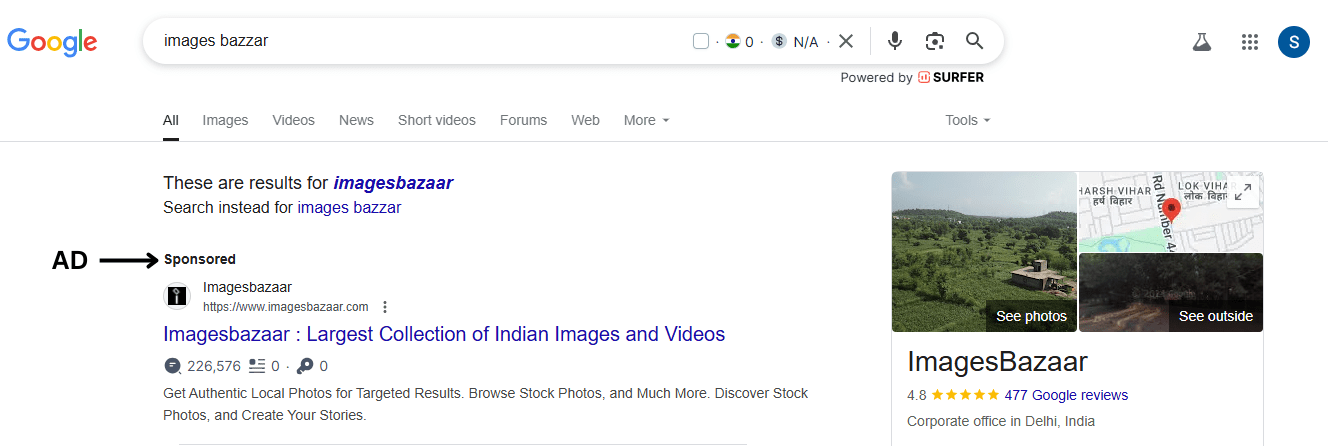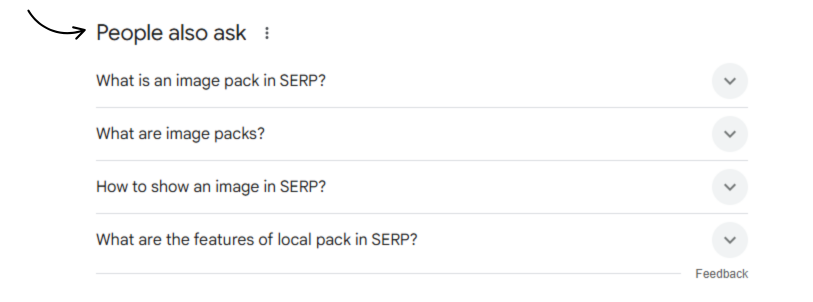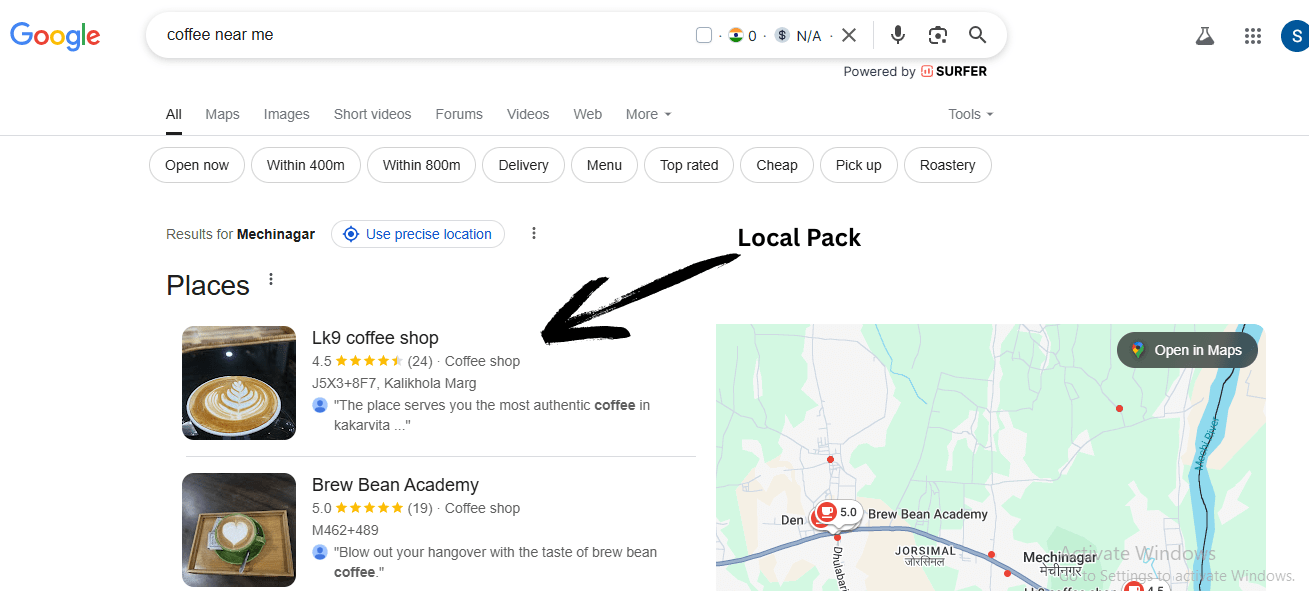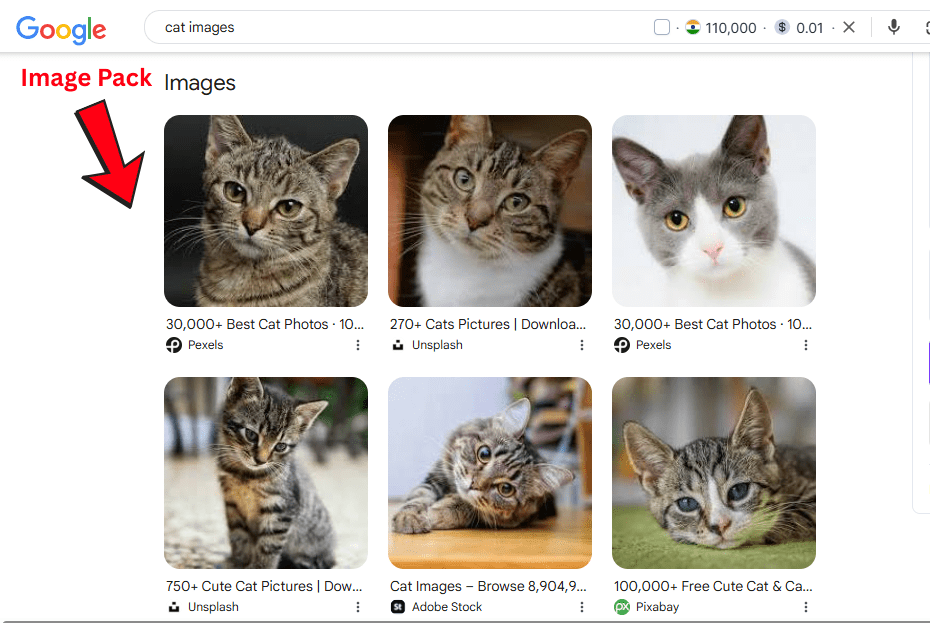Search engine results pages (SERPs) have transformed dramatically over the past decade. What once displayed only organic search results now features a variety of SERP elements designed to improve user experience and match intent faster. For digital marketers, freelancers, and SEO learners, understanding each SERP feature is crucial for building an effective SERP SEO strategy.
This guide breaks down the top 10 SERP elements, explains how they impact rankings and visibility, and shows practical tactics for optimising content to appear in them. Whether you’re new to SEO or a seasoned consultant, mastering these Google SERP elements will help you improve click-through rates (CTR), visibility, and overall search performance.
What Are SERP Elements?
SERP elements are the different components displayed on Google’s search results page. They go beyond the standard organic listings to include paid ads, rich snippets, knowledge panels, video carousels, and more. Google uses universal search results to provide content formats best suited to match user intent.
For example:
- Searching “best pizza near me” often triggers a local pack and Google Maps pack.
- Asking “What is SEO?” may produce a featured snippet or People Also Ask (PAA) box.
- Looking up “Lionel Messi” brings a knowledge panel with biography, stats, and related searches.
Understanding these elements of search results helps with SERP analysis and ensures your content adapts to modern SERP design.
Why SERP Elements Matter for SEO
- Boost visibility: Features like featured snippets or knowledge panels take prime positions.
- Increase CTR: Rich results and visuals attract more attention than plain text listings.
- Enable zero-click searches: Many queries now get answered directly in SERPs, reducing clicks to websites.
- Influence search behaviour: Users rely on SERP structure to decide which results seem most trustworthy.
- Reflect search intent: Different SERP features match informational, navigational, transactional, or local intent.
Mastering SERP optimization is no longer optional—it’s necessary to stay competitive.
Top 10 SERP Elements You Must Know
Here’s a breakdown of the most impactful Google SERP elements to watch closely this year:
1. Organic Listings
Organic listings remain the backbone of Google search results. Despite rich features, plain search snippets still dominate traffic for many keywords.
- What it is: Standard results with a title, URL, and meta description.
- Why it matters: Still drives majority of search traffic.
- Optimisation tips:
- Use SERP keyword optimisation in title and meta description.
- Improve content depth and relevance to satisfy search intent optimisation.
- Apply schema markup to enhance snippets with ratings or FAQs.
- Use SERP keyword optimisation in title and meta description.
2. Paid SERP Elements (Google Ads)

Paid search ads sit above or below organic results. These paid SERP elements often dominate competitive queries, especially in eCommerce.
- What it is: Sponsored results marked with “Ad” labels.
- Why it matters: Ads can secure immediate visibility without waiting for organic growth.
- Optimisation tips:
- Refine ad copy with strong calls-to-action.
- Leverage ad extensions for site links, call buttons, and structured snippets.
- Balance organic vs paid SERP elements to cover both.
- Refine ad copy with strong calls-to-action.
3. Featured Snippets
Featured snippets appear at the very top of the page, providing direct answers to queries. These drive zero-click searches but also establish authority.
- What it is: A highlighted box answering the query directly.
- Types: Paragraph, list, table, video snippets.
- Why it matters: High CTR and brand authority boost.
- Optimisation tips:
- Structure content with clear headings and bullet points.
- Answer long-tail questions concisely.
- Use SERP analysis to identify snippet opportunities.
- Structure content with clear headings and bullet points.
4. People Also Ask (PAA Box)

PAA boxes expand to reveal related questions and answers. This SERP feature encourages deeper engagement.
- What it is: A dropdown list of related questions.
- Why it matters: Provides secondary visibility even if not ranking first.
- Optimisation tips:
- Use FAQ-style content addressing specific questions.
- Optimise for voice search queries.
- Include semantic keywords to increase relevance.
- Use FAQ-style content addressing specific questions.
5. Knowledge Panel
The knowledge panel, part of the knowledge graph panel, displays entity-based information such as company profiles, celebrities, or locations.
- What it is: A sidebar box showing facts, images, and related data.
- Why it matters: Authority signal and credibility boost.
- Optimisation tips:
- Maintain a complete Google Business Profile.
- Use structured data like Organisation schema.
- Ensure consistent brand mentions across directories.
- Maintain a complete Google Business Profile.
6. Local Pack / Google Maps Pack

Local search is powered by Google Maps pack, showing nearby businesses with directions, reviews, and contact info.
- What it is: A map plus three local business listings.
- Why it matters: Crucial for local SEO, high-intent searches often convert quickly.
- Optimisation tips:
- Optimise NAP (Name, Address, Phone) consistency.
- Collect positive reviews on Google.
- Add localised content and photos.
- Optimise NAP (Name, Address, Phone) consistency.
7. Image Pack

Image packs display a grid of relevant visuals within SERPs.
- What it is: A visual block of clickable images.
- Why it matters: Boosts visibility for visually-driven industries like fashion, food, and travel.
- Optimisation tips:
- Use descriptive alt text and filenames.
- Compress images for fast loading.
- Add structured data for rich image results.
- Use descriptive alt text and filenames.
8. Video Carousel
Videos from YouTube or other sources often appear in a scrolling video carousel.
- What it is: Horizontal list of video results with thumbnails.
- Why it matters: High engagement; video often answers queries faster than text.
- Optimisation tips:
- Upload to YouTube with keyword-rich titles.
- Add timestamps and transcripts.
- Embed videos on relevant blog posts.
- Upload to YouTube with keyword-rich titles.
9. Top Stories Carousel
News-related searches trigger a top stories carousel, often showing recent articles from authoritative publishers.
- What it is: A horizontally scrolling section of latest news.
- Why it matters: Crucial for news websites, trending topics, and fresh content.
- Optimisation tips:
- Publish timely, accurate content.
- Use AMP (Accelerated Mobile Pages) for fast loading.
- Apply NewsArticle schema markup.
- Publish timely, accurate content.
10. Sitelinks
Sitelinks appear below primary search results, highlighting important internal pages.
- What it is: Extra links under the main listing pointing to subpages.
- Why it matters: Improves SERP CTR improvement by helping users find key content faster.
- Optimisation tips:
- Use a clear site structure with internal linking.
- Submit accurate XML sitemaps.
- Optimise navigation menus.
- Use a clear site structure with internal linking.
Advanced SERP Elements Worth Watching
While the top 10 dominate, several advanced SERP elements are growing in importance:
- Shopping results / product carousels
- Rich snippets with ratings, FAQs, and events
- Twitter carousels for trending topics
- App packs for mobile searches
Staying updated with Google SERP updates ensures no missed opportunities.
How to Analyse and Optimise for SERP Elements
- Conduct SERP analysis using tools like SEMrush, Ahrefs, or SERPstat.
- Track competitors to identify which features they dominate.
- Map keywords to search intent (informational, transactional, local).
- Optimise for rich results with structured data and schema.
- Improve CTR with engaging titles, meta descriptions, and visual assets.
Key Takeaways
- SERP elements shape how users engage with search engines.
- Visibility goes beyond organic results; mastering featured snippets, knowledge panels, local packs, and video carousels is essential.
- SEO strategies must evolve around search intent optimisation and SERP design explained by Google’s updates.
- Winning in modern SERPs requires combining content quality, structured data, technical SEO, and brand authority.
Conclusion
The modern search engine results page is a complex mix of organic SERP elements, paid ads, and enhanced features. Understanding the top 10 SERP elements ensures your SEO campaigns stay relevant in 2025 and beyond.
By optimising for each feature—whether it’s featured snippets, local packs, or video carousels—you position your content for maximum SERP visibility. For learners, freelancers, and digital marketers, mastery of SERP features isn’t just beneficial; it’s the difference between being discovered or ignored.
